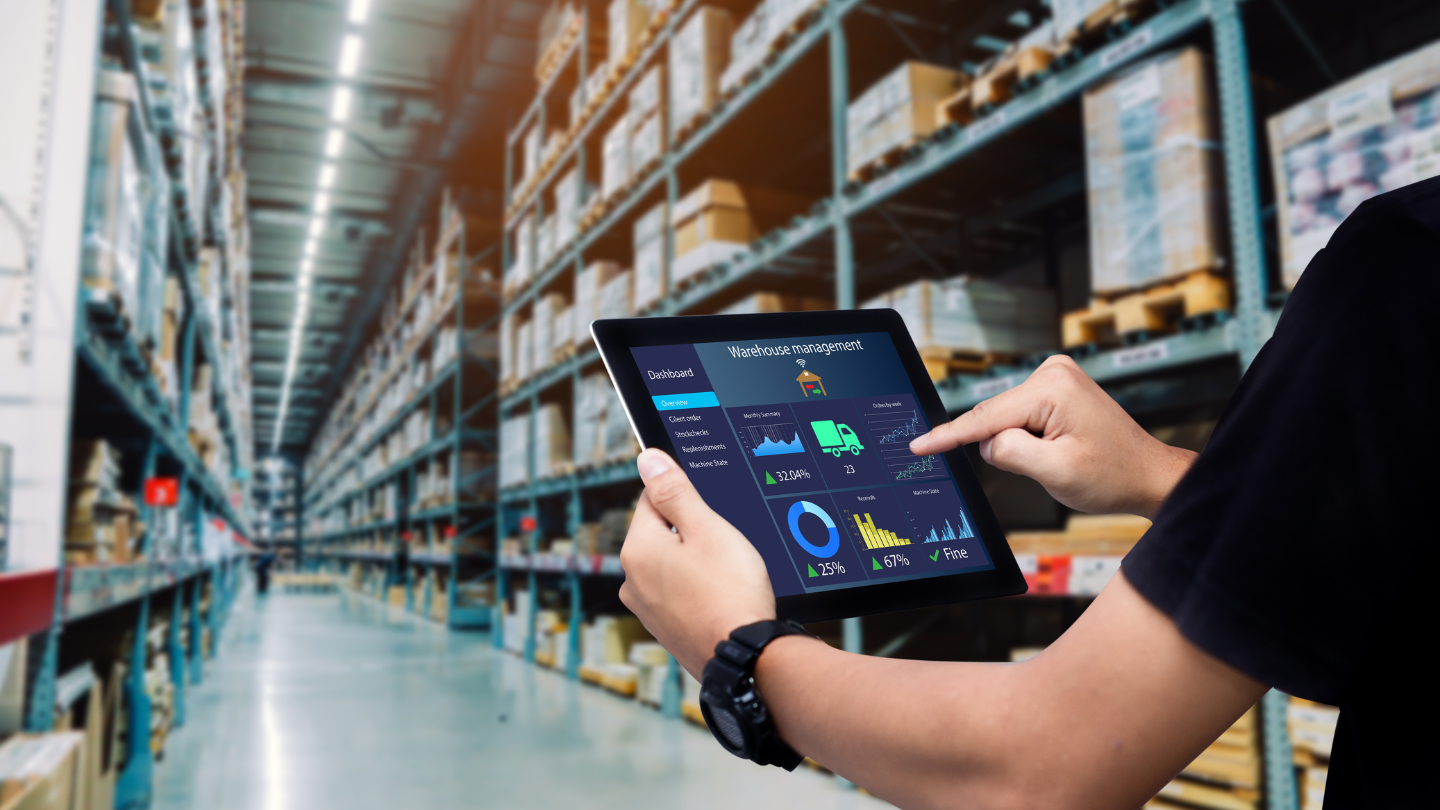From technological advancements, increased automation, and personalisation, Artificial Intelligence (AI) has steadily made its way into our lives. It has the potential to transform virtually every industry and aspect of our lives, from healthcare and finance to transportation and education, yet there is so much to learn about the technology still.
Using insights from our data partner GWI, we take a look at the latest trends around AI technology and what it means for businesses and marketers.
#1 Syncing real world and digital
APAC is the fastest growing AI market in the world. Excluding Japan, APAC’s investments in new technologies such as AI is expected to account for close to 40% of its total information communication technology investments by the end of 2023, miles ahead of the rest of the world which sits at a rough growth rate of 22%.
Through AI, industries are creating virtual models for simulations, allowing them to predict how a product or system will perform.
Creating digital twins in the Omniverse has allowed companies such as BMW, Ericsson, Siemens Energy, and Lockheed Martin to create physically accurate virtual replicas of unique objects, processes, and environments, which are all in sync with real-world data inputs and powered by AI.
What’s next?
Germany’s BMW Group uses the Omniverse as its virtual factory. Its platform integrates data from various design and planning tools and different producers, creating real-time, photo-realistic simulations in a single setting.
Staff from anywhere in the world can access this virtual space to plan or optimise details of production process, reducing the need of physical travel. The Omniverse simulates all of BMW’s 31 factories and all elements from its human associates and factory interiors to the assembly parts and robots.
#2 AI’s Impact On Cybersecurity
In APAC, only 29.3% of the internet users feel in control of their personal data online. Hackers have already begun using AI to shorten the end-to-end lifecycle of their attacks from a few weeks to just days or hours. On the flip side, to counter this, AI adoption can help organisations to enhance their security posture by analysing potential cyber threats in real-time.
61% of organisations say they will not be able to identify critical threats without AI, while 69% believe AI will be necessary to respond to cyberattacks.
What’s next?
AI has proven to be highly effective in a wide range of use cases including:
-
- Data handling, including classification, cataloging, integration, and quality
control. - Vulnerability management by surveying network traffic and identifying
patterns suggesting criminal behavior. - Threat detection through predictive AI, which can project which of the thousands of alerts has the highest risks and deal with them first.
- Data handling, including classification, cataloging, integration, and quality
By leveraging new advances in natural language processing technology, cybersecurity company Sophos can now detect never before seen, hard to detect Business Email Compromise attacks with near zero false positives. But this is just the beginning.
#3 Healthcare: Personalisation through AI
Precision medicine is on the rise as AI optimises electronic health records, helping medical professionals deliver targeted diagnostics, develop patient-specific drugs, and customise treatment plans. 75% of healthcare facilities that used AI claimed it improved their capacity to cure diseases, and four in five said it helped them avoid job burnout.
To add to this, Telehealth is stretching its powers to include remote physical exams with the help of smartphone solutions and wearables.
Research and pharmaceutical entities can use the same devices in conducting clinical trials so that participants don’t need to travel to a trial site to answer surveys and assessments.
What’s next?
Mobile devices are often linked with telemedicine, to which many applications are available. Telehealth will, however, eventually incorporate assistive robots, which will play a significant role in delivering healthcare to residents, particularly the elderly. Smart robots can help individuals with activities like walking and moving about the home, delivering timely medicines, and notifying authorities in the event of an emergency.
The Japanese government has already begun financing research into the creation of AI robots to help the elderly. These robots can help individuals move, bathe, dispose of their waste, and check their health in real time.
#4 Retail & Logistics: Automation from warehouse to home
Artificial intelligence is transforming e-commerce and retail industries through purchasing recommendations, voice-enabled shopping assistants, personalized shopping experiences, robotic warehouse pickers, facial recognition payment methods, anti-counterfeit tools, chatbots, and more. The Asia Pacific AI in retail market size valued at USD 500 million in 2020 and is set to observe 40% growth rate between 2021 and 2027.
Research shows that AI in supply chain management can reduce management errors, reduce product shortages, lost sales, and administrative costs.
What’s next?
The use of the latest artificial intelligence technologies makes it possible to offer retail a full range of automation solutions from partial modular automation, such as vending machines, to a fully automated “grab-and- go” store.
Kroger, an American retailer, has partnered with Ocado to provide it with automated warehouses. In total, Kroger has announced plans for 10 Ocado customer fulfilment centres. Kroger has also adopted AI to reduce its self-checkout errors and has deployed Everseen’s Visual AI technology across 2,500 stores.
#5 Voice Cloning
30% more businesses in Asia Pacific plan to start using technologies like speech analytics in 2022. More organizations are employing conversational AI tools. The global voice cloning market size could surpass the $5 billion mark by the end of the decade.
Voice cloning comes in various forms, including AI technology that translates text into speech, as well as speech into speech. This technology has been used in the metaverse, call centres, movies, and the healthcare industry, etc.
What’s next?
Cloned speech can be useful in call centres, helping agents to speak in a different language, and in settings where a digital avatar is needed. For example, for enterprises that use digital avatars to support call centre agents, synthetic speech can communicate with consumers before they’re transferred to an actual agent.
Admissions departments can also use synthetic speech with digital avatars to attract new students.
Speech-to-speech can also be used when people might have trouble understanding call centre agents because of varied accents.
Related content: Future Spotting: 5 Consumer Tech Trends To Watch
#6 AI creative is life-changing for artists and designers
AI-powered platforms are fueling a new era in creativity, reshaping the evolution of brands and businesses. Since 2020, more than 165 million people have become part of the global creator economy, with millennials making up 42%.
AI is driving transformation for artists and designers in particular. Within brand design, AI tools are already being utilised, as designers embrace text-to-image platforms like Dall-E 2. Trained on millions of images, these machine learning algorithms process text and generate images to meet the descriptions – which may be open and broad or highly specific.
What’s next?
For creative directors, using AI art generators is like having millions of accomplished artists and designers at your fingertips; every great creator with a unique style can be tapped for their visual expertise. This presents a wealth of opportunity for creatives. Text-to-image generators help creatives visualize their concepts faster, while simultaneously exploring combinations of subjects and styles previously unheard of. Crucially, the images generated will be less limited by the individual creator’s experiences and world view.
For example, Pantone released its 2023 Color of the Year with imagery created by Midjourney.
View this post on Instagram
Related content: Upgrade to Great: Marketing in 2023 guide
Curious about the trends impacting your brand? Get in touch with our data and insights specialists here.





